Jane Eyre (1943)
“Your duty is to prepare yourself to do God’s work in the world.”
|
Synopsis: |
|
Genres, Themes, Actors, and Directors:
Review: is sent away by her forbidding aunt (Agnes Moorehead, also perfectly cast): to live in a boarding school, where she’s cruelly mistreated by its brutal headmaster (Henry Daniell): … yet manages to form a fleeting friendship with tragic Helen Burns (a young, beautiful, uncredited Elizabeth Taylor). Unfortunately, the second half of the film isn’t as convincing or compelling. While not all agree, Joan Fontaine’s grown Jane simply didn’t impress me as the “fiercely independent” heroine Bronte wrote her to be. Fontaine spends most of her screentime looking plaintively at “fearsome” Mr. Rochester (Orson Welles) — who, for his part, never quite manages to shed his own out-sized, Wellesian persona. (When Rochester bellows at the world, it’s Welles-as-Rochester making his presence known). Their budding relationship does gradually pull one in, but never really emerges as anything more complex than a schoolgirl crush made manifest. Meanwhile, the critical “subplot” concerning the mysterious woman locked away in Rochester’s home is given surprisingly short shrift, and is resolved far too quickly: … and the inevitable compression of the rest of the novel’s events towards the final half hour of the film presents another challenge for viewers hoping to feel more invested in Jane’s fate. With all those complaints aired (my, how hard we are on literary adaptations!), this remains solid filmmaking, with George Barnes’ moody camerawork particularly striking throughout. As noted in Slant Magazine’s review, in a nutshell, this is “a well-constructed piece of studio work” — and overall, it’s certainly worth a look, particularly given its historical interest as an early “Orson Welles film”. (While he didn’t officially direct, he undeniably had a hand in the production). Redeeming Qualities and Moments: Must See? Links: |

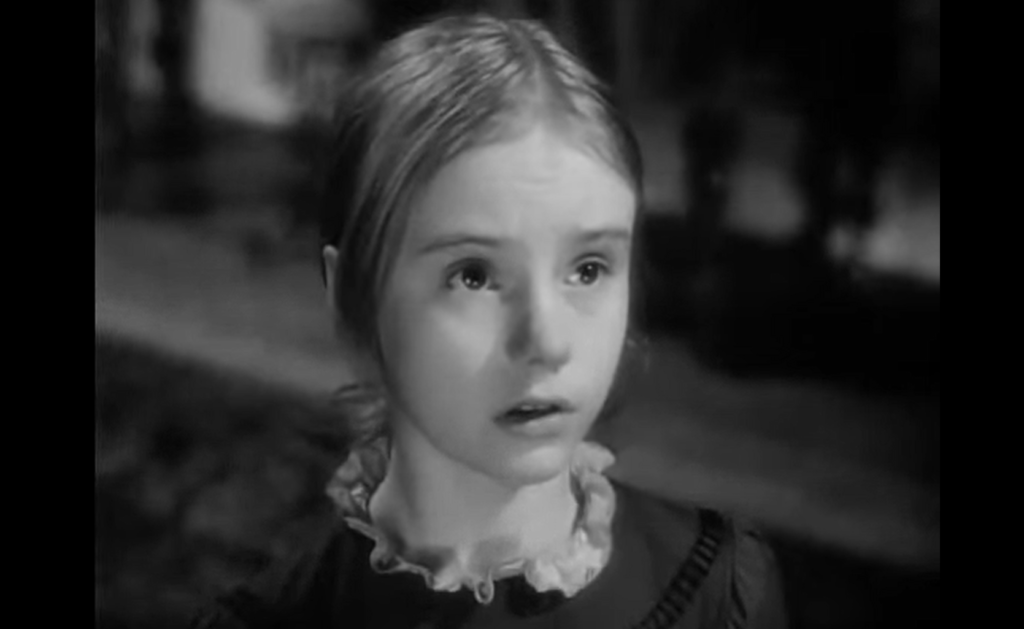
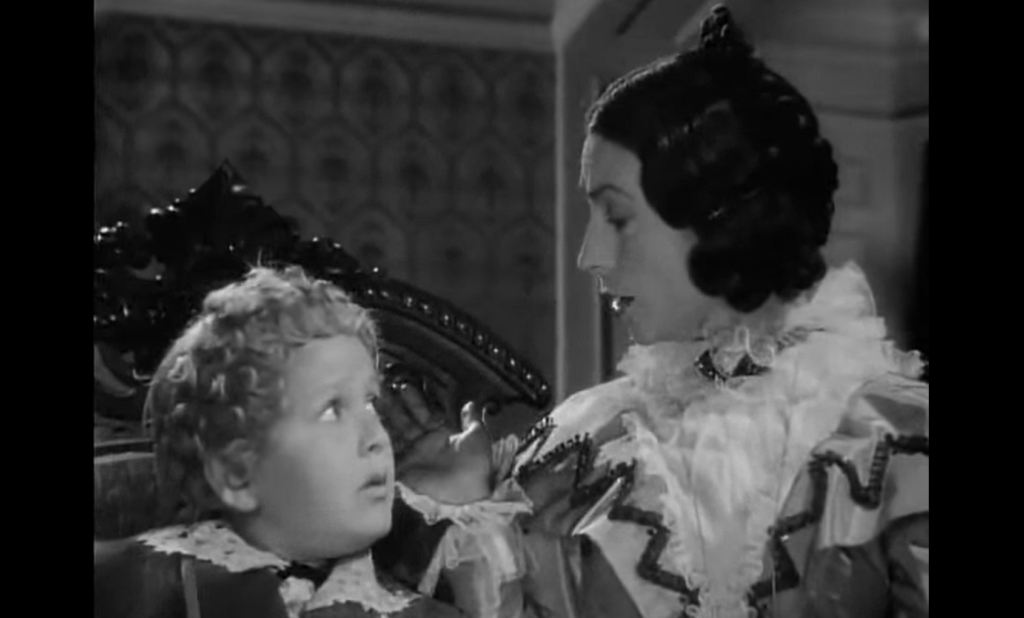



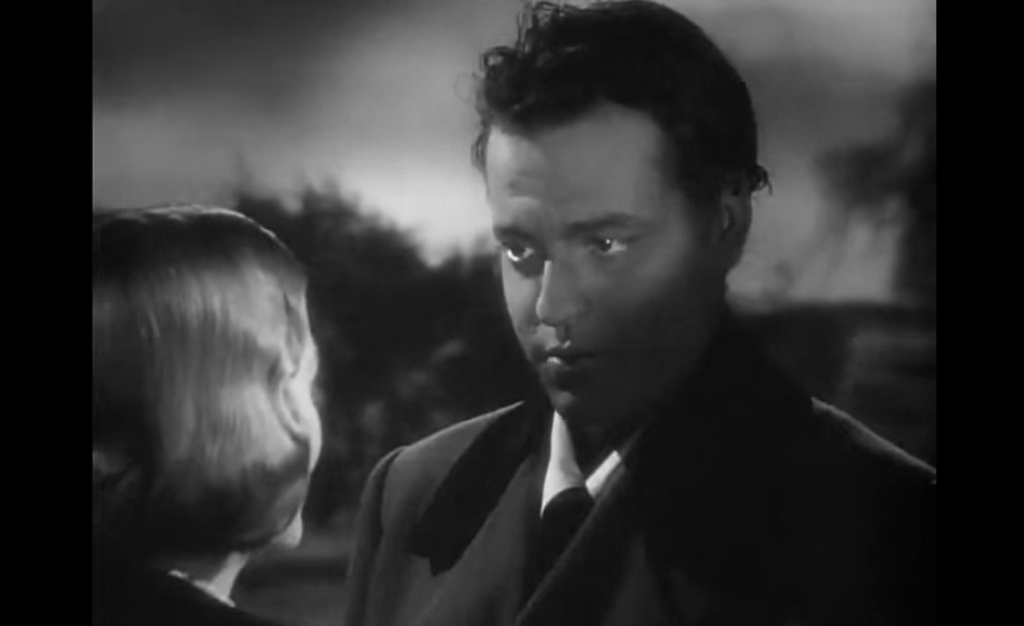
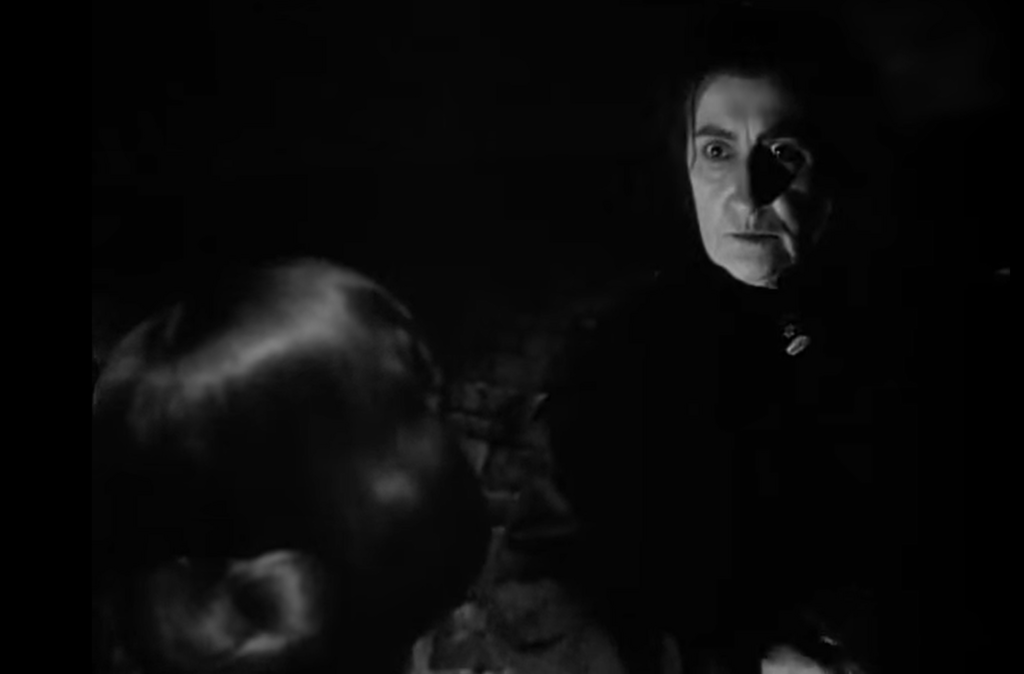

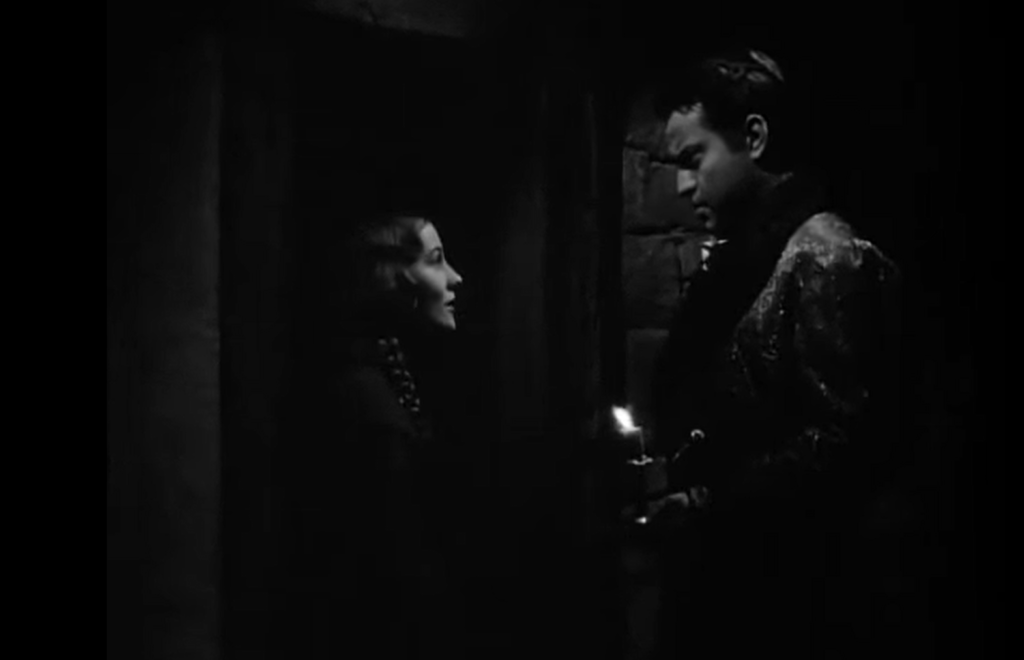
One thought on “Jane Eyre (1943)”
Not must-see.
As I started a rewatch of this, I soon realized that I needn’t – or didn’t want to – continue. It came to me that I’m in rather full agreement with the assessment. The film in its entirety more or less came back to mind, so a rewatch seemed superfluous. This isn’t a bad film – but it’s also true that its earlier section is superior. And, admittedly, one does get a little tired of Fontaine here.
Yes, we are hard on literary adaptations. Often, we need to be – since, even if they’re better adaptations, they can still pale somewhat. In the case of this film, I do much prefer the book.